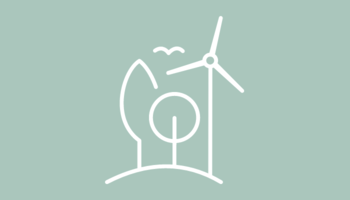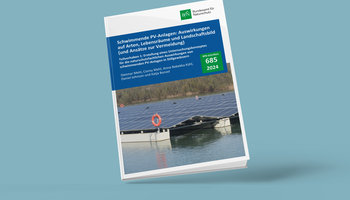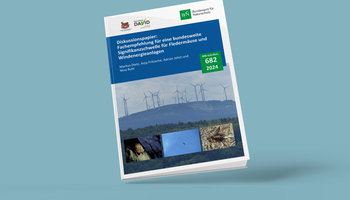Contact
Freiburger Institut für angewandte Tierökologie (FRINAT) GmbH
Dunantstr. 9, 79110 Freiburg im Breisgau
Dr. Robert Brinkmann
Tel.: +49 761 2089 9960
brinkmann(at)avoid-unrequested-mailsfrinat.de
The project's objective is to collate and evaluate existing data to identify and limit the effects of WT on bats in woodland and to remedy any relevant gaps in knowledge by examining case studies. Reference values on population sizes will also be determined as a guide for assessing the effects of operations at different scales. On the basis of these results, methodological standards for recording and monitoring bat populations will be developed for existing wind power projects. The project has already been completed.
The aims of the project are
First, from a study of the literature, the function of different types of woodland as nurseries, breeding and overwintering areas as well as hunting habitat was identified for all bat species occurring in Germany. Based on this, unanswered questions were identified and a total of six case studies developed.
The case studies include analysis of large data sets in order to identify important habitat factors and bat activity patterns. A range of data was analysed:
In three case studies data was collected on activity at different heights for various species:
The results of the literature review and case studies were used to provide recommendations for recording methods and measures at woodland sites. The results were published in the BfN "Naturschutz und Biologische Vielfalt"-series.
In addition to the above-mentioned publication, species profiles were compiled of all native bat species. They summarise woodland use by the different species of bats in relation to threats from the construction of WTs in woodland and provide guidelines for recording and for developing measures for wind power projects. More detailed information on the above-mentioned recording methods and measures are given in the relevant chapters of the book.
The species profiles have been published on the website of the Freiburger Institut für angewandte Tierökologie (FrInaT).
A further publication resulting from data collected during the project analyses the use of roosts by the western barbastelle:
Kortmann, M., Hurst, J., Brinkmann, R., Heurich, M., Silveyra González, R., Müller, J. & Thorn, S. (2018): Beauty and the beast: how a bat utilizes forests shaped by outbreaks of an insect pest. – Animal Conservation 21: 21-30.
Freiburger Institut für angewandte Tierökologie (FRINAT) GmbH
Dunantstr. 9, 79110 Freiburg im Breisgau
Dr. Robert Brinkmann
Tel.: +49 761 2089 9960
brinkmann(at)frinat.de
Federal Agency for Nature Conservation
II 1.1 Zoological species protection
Konstantinstr. 110, 53179 Bonn
Sekretariat-II-1(at)BfN.de
[Translate to English:]
Kortmann, M., Hurst, J., Brinkmann, R., Heurich, M., Silveyra González, R., Müller, J. & Thorn, S. (2018): Beauty and the beast: how a bat utilizes forests shaped by outbreaks of an insect pest. – Animal Conservation 21: 21-30.
In der Veröffentlichung wurden im Rahmen des Projekts erhobene Daten zur Quartiernutzung der Mopsfledermaus analysiert.
03.04.2024
Weiter

03.04.2024
Weiter

19.03.2024
Weiter
